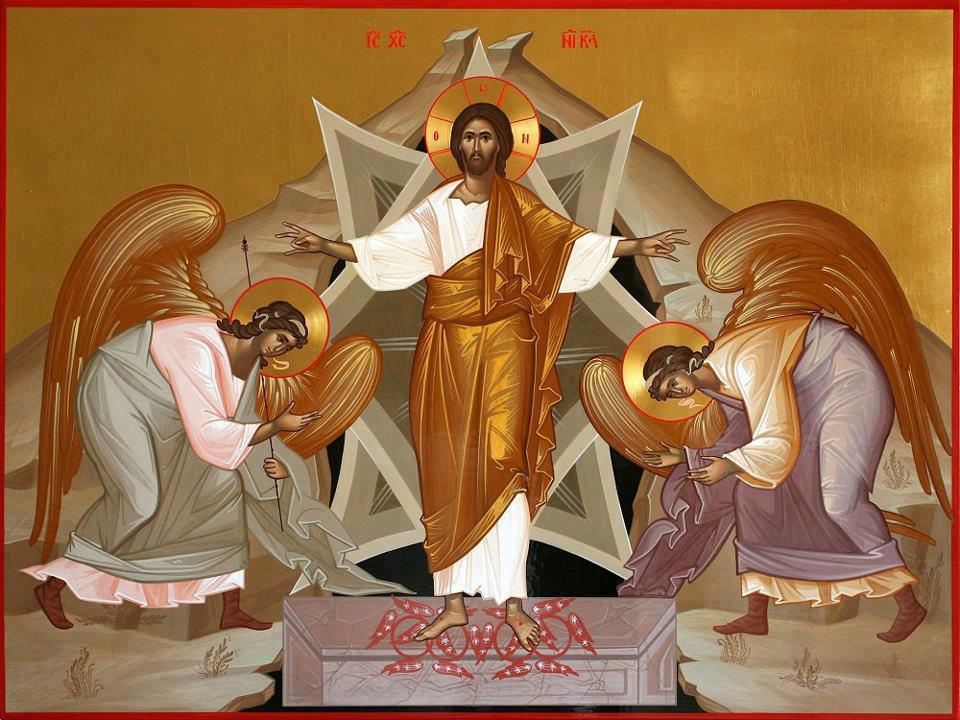Vatican 2 on the The Eastern Churches
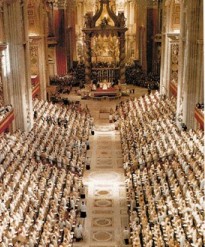 As part of my continued service to the students of Franciscan University of Steubenville ;-), I have just recorded the audio for the document “Orientalium Ecclesiarum”.
As part of my continued service to the students of Franciscan University of Steubenville ;-), I have just recorded the audio for the document “Orientalium Ecclesiarum”.
This document was produced by the Second Vatican Council and concerns the Churches in the Catholic Church which follow an Eastern Rite. Given that I attend an Eastern Rite parish during the summers, it’s rather odd that I’ve never actually sat down and read this document before.
Still, better late than never I suppose…
A long time ago, when I first began this blog, I start producing a series entitled “V2 we love you!”. At the time, the JP2 Group was reading the document “Dei Verbum”. I anticipated that we would work through more of the Council’s documents. My hope was that the series of blog entries would provide a helpful accompaniment to our study.
We didn’t end up studying any more of the documents and so I never wrote the blog posts. However, a little while ago I signed up for a course on the Second Vatican Council at the Diocesan Institute which starts this October. Hopefully that’ll get me motivated and I will once again be renewing my efforts with the series.
Anyway, the text for the document is available here and the audio is available below:

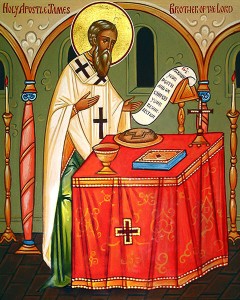
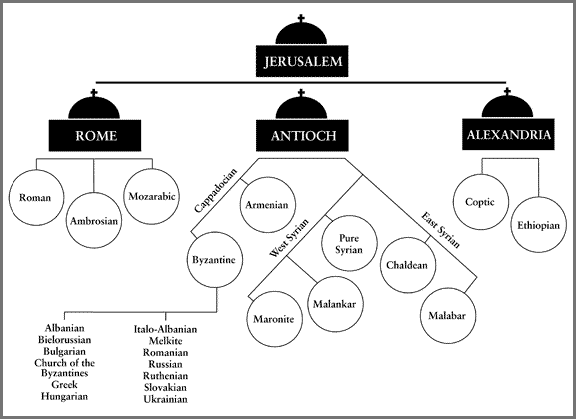
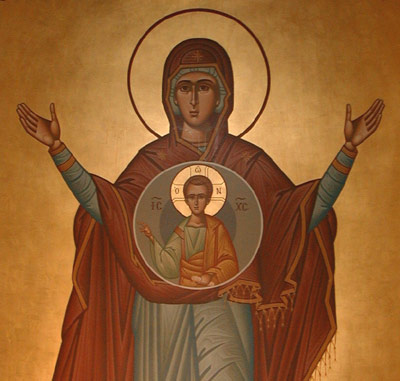
 Lists and buckets
Lists and buckets